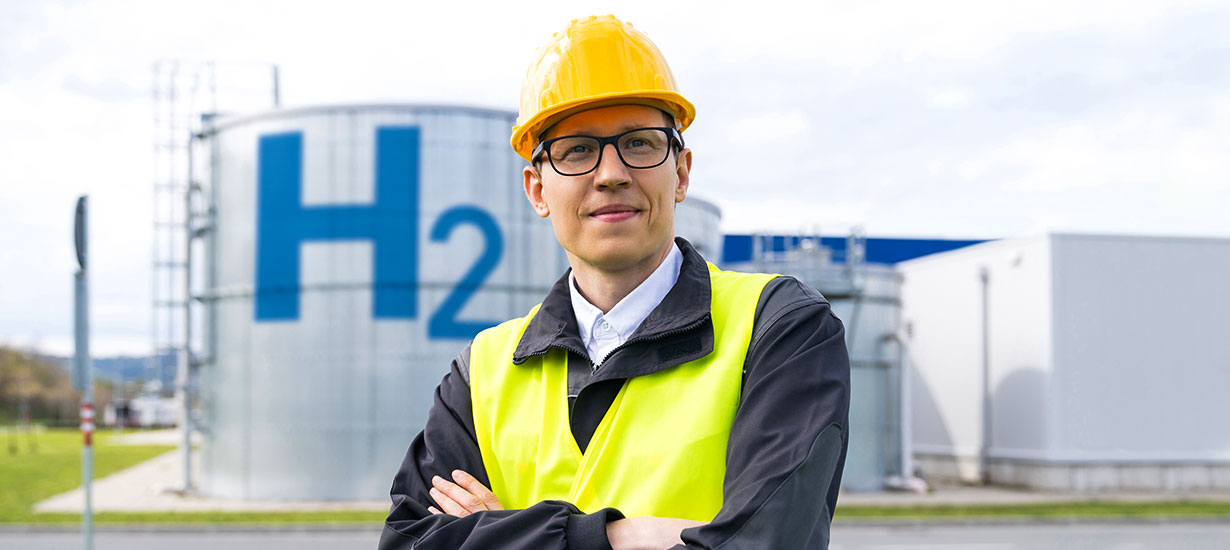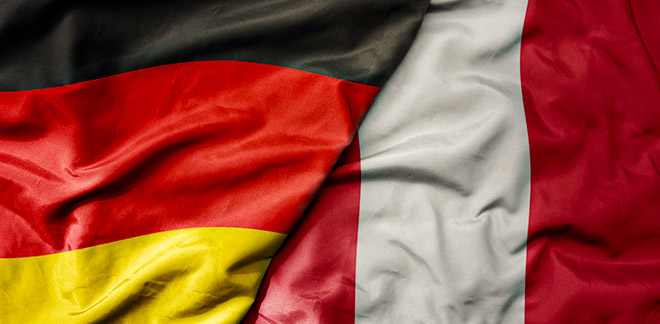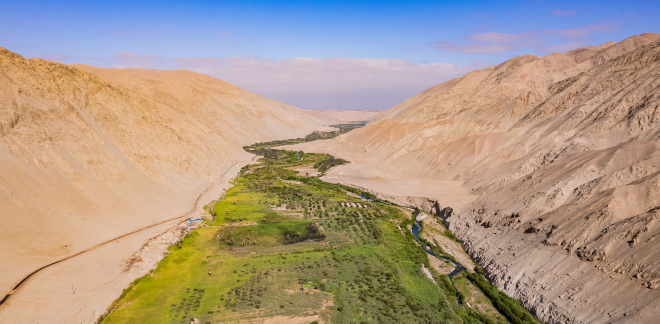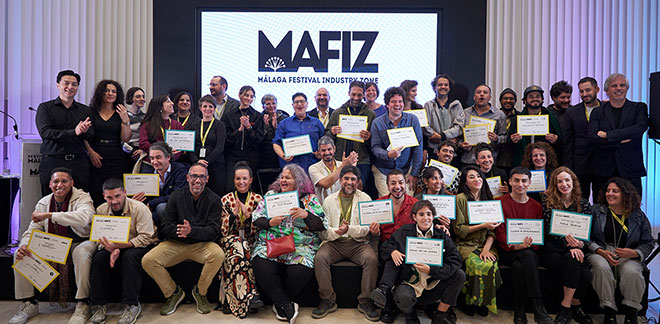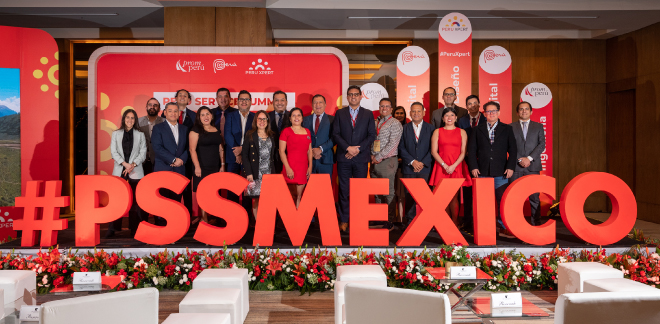Green hydrogen: Processing plants on the south coast
Síguenos en:Google News
In southern Peru, there is a great potential to establish a "Hydrogen Valley."
Green hydrogen, often called 'the energy of the future,' is produced through electrolysis powered by renewable energy sources. Peru has significant potential in this field. Hydrogen, the lightest element in the world, makes up 75 % of Earth's matter, establishing itself as a crucial technology in the shift towards a sustainable global economy.
This type of hydrogen is produced by electrolyzing water. Electrolysis is the process where water (H2O) is split into its basic components: hydrogen (H2) and oxygen (O2) using an electric current.
Green hydrogen is produced using electricity generated from renewable sources like solar and wind power. This makes it a clean and sustainable alternative to fossil fuels such as oil.
Peru, blessed with abundant natural resources and a strong dedication to sustainability for a brighter future, is perfectly poised to embrace this emerging technology. This vision is already materializing in the southern region of the country.
Photograph: Shutterstock
THE AREQUIPA CASE
Phelan Green Energy, a South African company, is set to launch Peru's inaugural green hydrogen production plant. The project, slated to cost USD 2.5 billion, will occupy a 4,000-hectare site in La Joya district, strategically positioned near the Interoceanic Highway.
The project aims to replace fossil fuels like oil to improve the local population's quality of life. Moreover, it will create around 2,600 jobs, benefiting not only Arequipa but also neighboring regions in southern Peru. The official launch is scheduled for July 2025.
Phelan Green Energy announced that the project will be divided into three phases initially. They plan to harness 1.8 gigawatts (GW) of solar energy to produce 80,000 tons of green hydrogen annually.
The green hydrogen will be used to produce 440,000 tons of ammonia, which will then be exported through the port of Matarani, one of the three primary ports on Peru's southern Pacific coast.
Photograph: Shutterstock
THE MOQUEGUA CASE
Southern Peru offers significant opportunities for establishing a "Hydrogen Valley." Moquegua, a region within this area, is increasingly recognized as an ideal location for developing green hydrogen projects due to its climate and abundant natural resources.
"Moquegua Crece" (Moquegua grows) is an initiative aiming to introduce this eco-friendly alternative in southern Peru. Preliminary findings from the study indicate that several consumption hubs, including Ica, Arequipa, Cusco, Moquegua, and Tacna, have been identified. These hubs are linked to industries such as agriculture, mining, cement production, livestock, and textiles, all of which demand this eco-friendly fuel.
In this case, the significant solar potential has been confirmed, along with the ability to procure water for hydrogen production in this Peruvian region. This can be achieved either by using desalinated seawater or treated wastewater.
Moquegua has the potential to be a major hub for green hydrogen production in Peru. Developing green hydrogen here will not only help the environment but also create between 3,400 and 74,000 direct jobs. This will significantly boost economic growth and technological innovation in Peru.
Photograph: Shutterstock
FACT
Ten months ago, the Chilean company Colbun, via its thermoelectric subsidiary in Peru called Fenix, started building the first green hydrogen plant in Chilca, Lima. This project involved setting up a photovoltaic plant and an electrolyzer. It's anticipated that the plant will produce around 8,000 cubic meters of green hydrogen annually.
Green hydrogen has the potential to make Peru a key player in regional energy production and exports due to its abundant natural resources, growing infrastructure, and significant economic and environmental advantages. This could pave the way for a more sustainable energy future.


